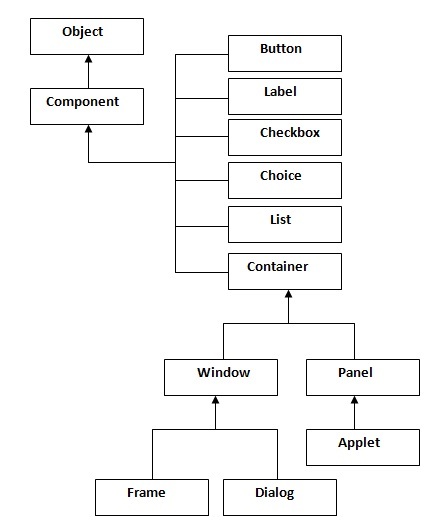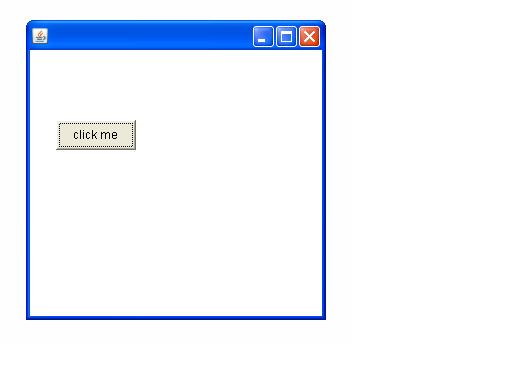|
91-9990449935 0120-4256464 |
Java AWT TutorialJava AWT (Abstract Windowing Toolkit) is an API to develop GUI or window-based application in java. Java AWT components are platform-dependent i.e. components are displayed according to the view of operating system. AWT is heavyweight i.e. its components uses the resources of system. The java.awt package provides classes for AWT api such as TextField, Label, TextArea, RadioButton, CheckBox, Choice, List etc. Java AWT HierarchyThe hierarchy of Java AWT classes are given below. 
ContainerThe Container is a component in AWT that can contain another components like buttons, textfields, labels etc. The classes that extends Container class are known as container such as Frame, Dialog and Panel. WindowThe window is the container that have no borders and menu bars. You must use frame, dialog or another window for creating a window. PanelThe Panel is the container that doesn't contain title bar and menu bars. It can have other components like button, textfield etc. FrameThe Frame is the container that contain title bar and can have menu bars. It can have other components like button, textfield etc. Useful Methods of Component class
Java AWT ExampleTo create simple awt example, you need a frame. There are two ways to create a frame in AWT.
Simple example of AWT by inheritanceThe setBounds(int xaxis, int yaxis, int width, int height) method is used in the above example that sets the position of the awt button. 
Simple example of AWT by association
Next TopicEvent Handling in java
|













